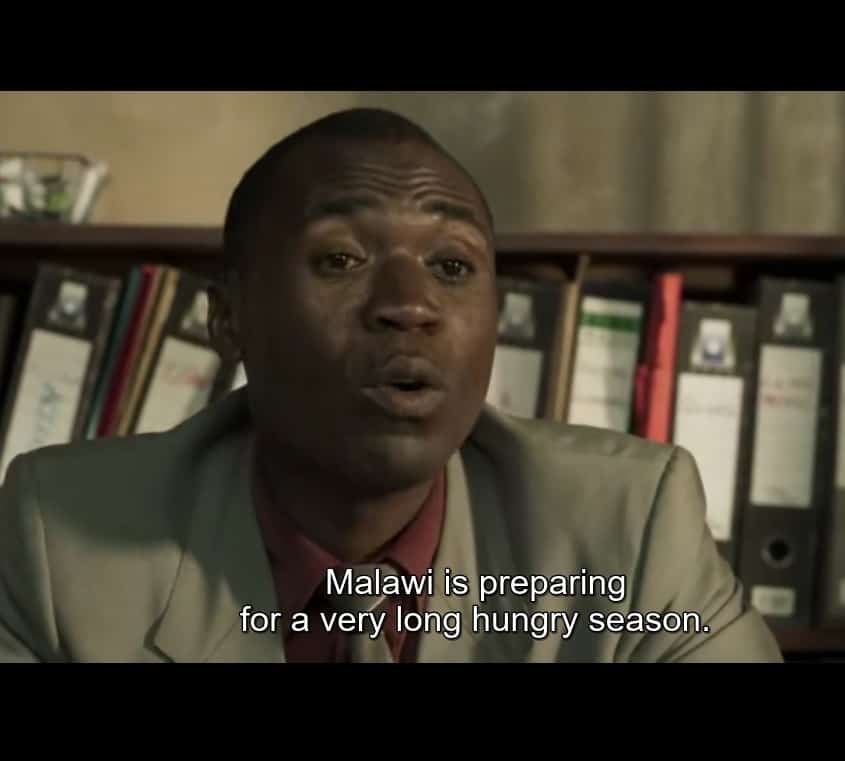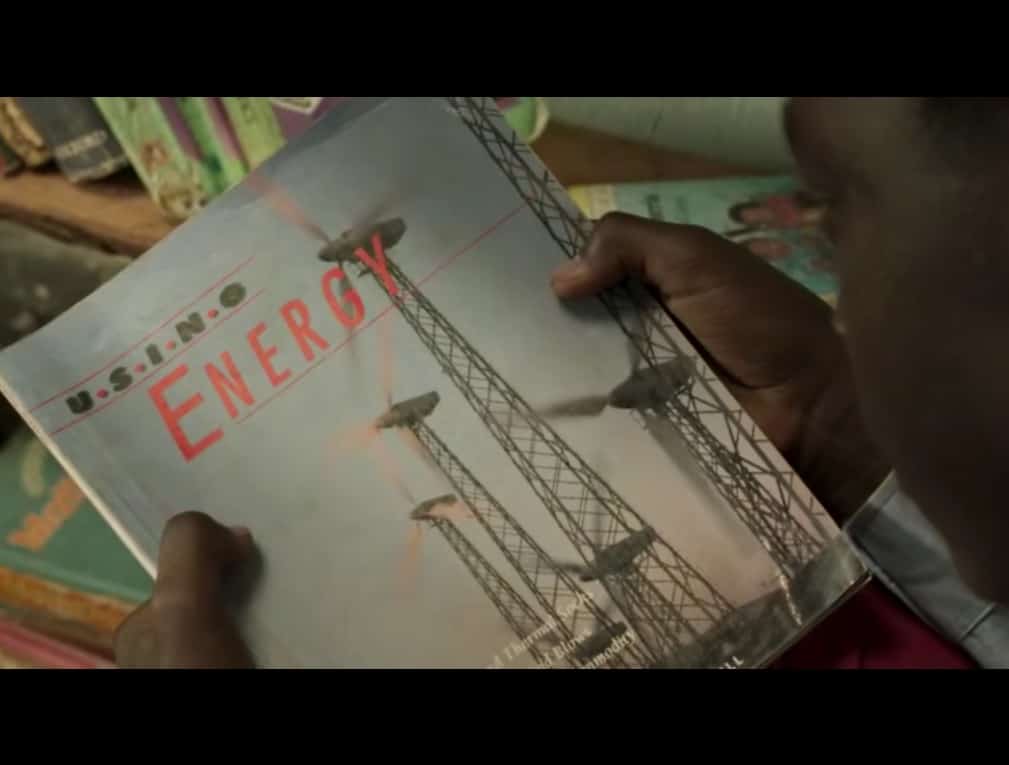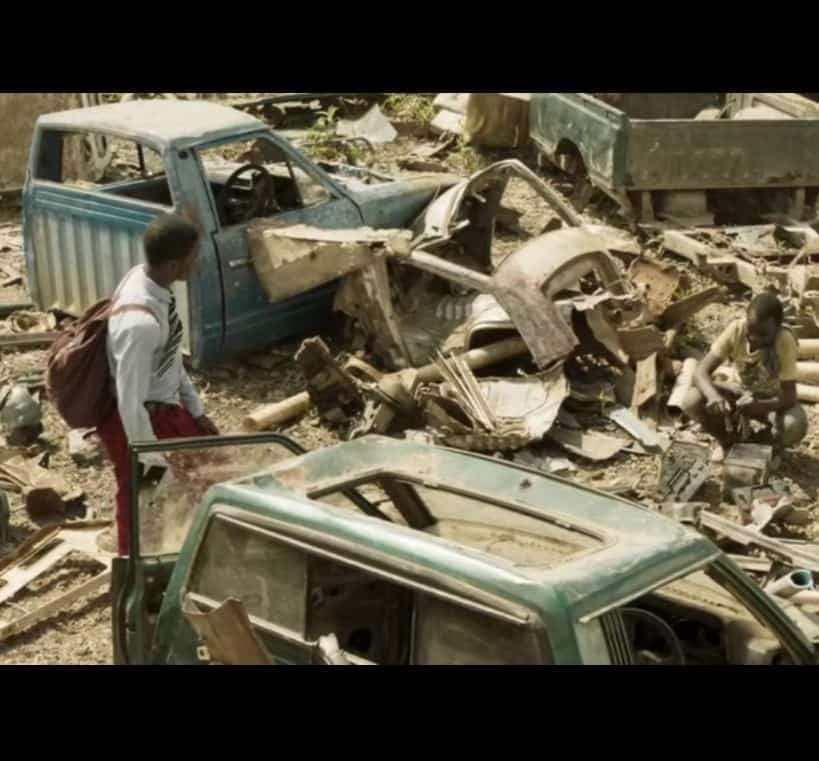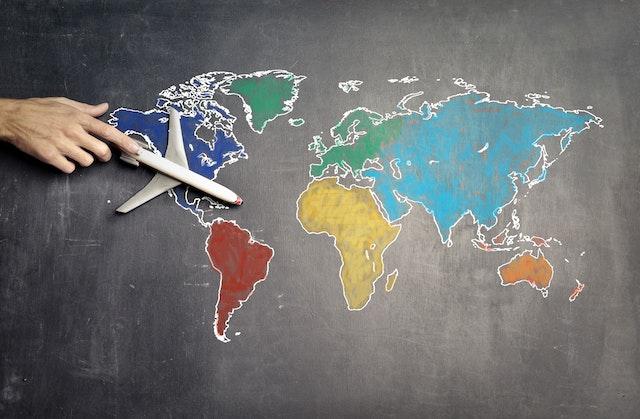So I just watched the Boy who harnessed the wind and I’m literally blown away.
The movie is based on the true-life experience of William Kamkwamba in Malawi, sometime in the mid 2000s (quite recent).
But what if I told you that there are lessons for entrepreneurs in this story? What if I told you that you could just watch this movie and boom – you have the secrets to success as an entrepreneur? (maybe not that straightforward, but you get the point)
For those that have not seen the movie, below is an attempt to summarize before going to the lessons from the story.
Contents
Quick Summary of the Boy Who Harnessed the Wind
William Kamkwamba is the second of the two children of Trywell and Agnes. Trywell, his father is a farmer and his mother Agnes, supports in the farm and domestic works.
From a young age, William had shown interest in fixing electrical appliances. He helps his dad and other members of the community in repairing their faulty radios.
Also, he, in the company of his friend, Gilbert, would visit the dumpsite to find scraps and see what they could make of them.
However, a crisis arose when, due to weather conditions and wrong decisions of some members of the community, they were all thrown into a famine that would last for an unknown period. It wouldn’t rain, and the last harvest was nothing to write home about.
Famine had come, and it will last for a while except a drastic action is taken.
William has an idea that will fix this.
After seeing the technology behind the light on his teacher’s bicycle, he knew he could apply the same to help supply water.
He read some books in his school library, and he was ready. He was ready to apply the same technology that supplies light to his teacher’s bicycle to fix their problem of rain.
William was ready to bring ‘rain’ to his community through the windmill. He harnessed the wind.
That’s the story of William Wakwamba; the boy who harnessed the wind.
6 Lessons for Entrepreneurs from the Boy who Harnessed the Wind
The story of the boy who harnessed the wind is packed with lessons for entrepreneurs and business owners.
Watching the movie, I saw real-life factors responsible for the failure of most businesses as well as factors that can help businesses succeed.
Apparently, there are several lessons to be learnt from the story. However, these six stood out for me.
If you are an entrepreneur or business owner, here are some key takeaway lessons from the boy who harnessed the wind
1. Identify a Problem, and then Solve it!

In the words of Gerhard Gschwandtner, “Problems are nothing but wake-up calls for creativity”. Isn’t that just the absolute truth?
The people of Wimbe had one need, and it was water.
Irrespective of the work and effort put in, if William had used his genius idea to earn them some money, nobody would have looked at him twice. Money wasn’t their problem.
What they needed at the time was water and William gave them just that with the windmill.
Many businesses fail because of this important starting point.
If you want to have a business that would succeed, and stand the test of time, identify the problems of your target audience and create a business that seeks to solve it.
2. Do your findings/Research

William had a brilliant idea, but he didn’t set to work until he had done proper research.
Despite the fact he couldn’t pay up his school fees, the boy kept sneaking into the school library to read up on similar innovations and how they were achieved.
William wasn’t the first person to build a windmill. Several windmills had been made before and so to develop his, he figured he could learn a thing a two from those before him.
As a business owner or entrepreneur, you should first devote time to research on that genius idea.
For what it’s worth, what we see most these days are innovations, not inventions. In other words, most business ideas are either duplicates or improvements on already existing business ideas.
Therefore, whatever you want to do, some people have done something similar before you. Learn from them.
Read about entrepreneurs around you. Study business owners close to you. Know why they succeeded. Understand why they failed.
Make books your best friend. You already know that readers are…?
3. Start from where you are – make do with what you have

William Kamkwamba didn’t get funding from Y Combinator. No bank loan. No investment from parents like in the case of Jeff Bezos. He couldn’t even afford the necessary raw materials he needed for his project.
All he had was this brilliant idea, scraps from the dumpsite, dynamo from his teacher’s bicycle and his father’s only asset – his bicycle. That’s all.
The most critical asset in all of these is his idea which he was convinced would solve his community’s famine challenge.
If there is any lesson to learn from William, it is that motivational speakers have been right after all – sometimes all you need is just an idea.
What is the brilliant idea you have? Like Moses in the Bible, what do you have in your hand?
Run with it! And oh, make sure that the idea is going to solve a problem as mentioned earlier.
4. Start with a Prototype

William wanted to solve the problem of drought in Wimbe. He had seen his teacher, Mr Kachibunda use the same technology to keep his bicycle light on. He had also spent quality time in the library reading about his project.
But all that was not enough. William still needed to test his idea. He needed to build a prototype first.
To test his idea, William built a small windmill to see if it will power on a radio without a battery. Seeing that it worked, he was set to create the main windmill that would supply water to their farms.
It’s not enough to say “I just know it will work”. The truth is that it doesn’t always work.
Sometimes, it takes running an experiment to see the deficiencies in your seemingly brilliant idea.
So, test that idea first. Test it with friends and family. Get their honest feedback before putting it out there to the public.
5. Teamwork

This story has William Kamkwamba written all over it; as it should be. The same way Steve Jobs gets all the credits for Apple, and Bill Gates for Microsoft.
But the truth is all these guys didn’t singlehandedly create the products for which they are now famous. They all had team members who played important roles.
In William’s case, he was the one with the idea. But he needed hands to make it a reality. He had to assemble a team of friends, notable among them being his best friend, Gilbert (the chief’s son).
You will need a team too—a group of individuals whom you share common goals. Or better still, people who you can sell your ideas to and they will help you make it a reality.
William had Gilbert; Shola Akinlade of Paystack has Ezra Olubi; Steve Jobs had Steve Wozniak; Bill Gates had Paul AllenPaul. It would help if you had a team too – a partner, especially.
6. A Price must be paid

Nothing good comes easy. For William, he had to pay the price of burning the night candle to study. But there was a higher price to be paid, this time, by his father, Trywell.
For William’s idea to work, he needed a bicycle wheel. And at the time, only one person had a bicycle in the community – his father.
Of course, Trywell wouldn’t mind sacrificing his only remaining asset for water. But the question remains – will it work? He wasn’t ready to let go his only means of transportation for something he wasn’t sure would work. He resisted.
It took Agnes, his wife’s intervention before he finally let go.
For the community to have water, Trywell sacrificed his precious bicycle.
For your business to succeed, there is also a sacrifice to be made. There are things you may have to let go.
Sacrifices vary in nature and degree. Sometimes, it may be as little as giving up some sleep time. Some other time, it may be as grave as resigning from a job.
Be prepared to pay the price for success.
Conclusion
The story of William is one that will continue to inspire young Africans all over the world.

The can-do spirit. The resilience and persistence. There is so much to learn from William Kamkwamba.
Have you seen the movie or read the book? What are your thoughts?
You can find the book on Amazon or watch the movie on Netflix.
























